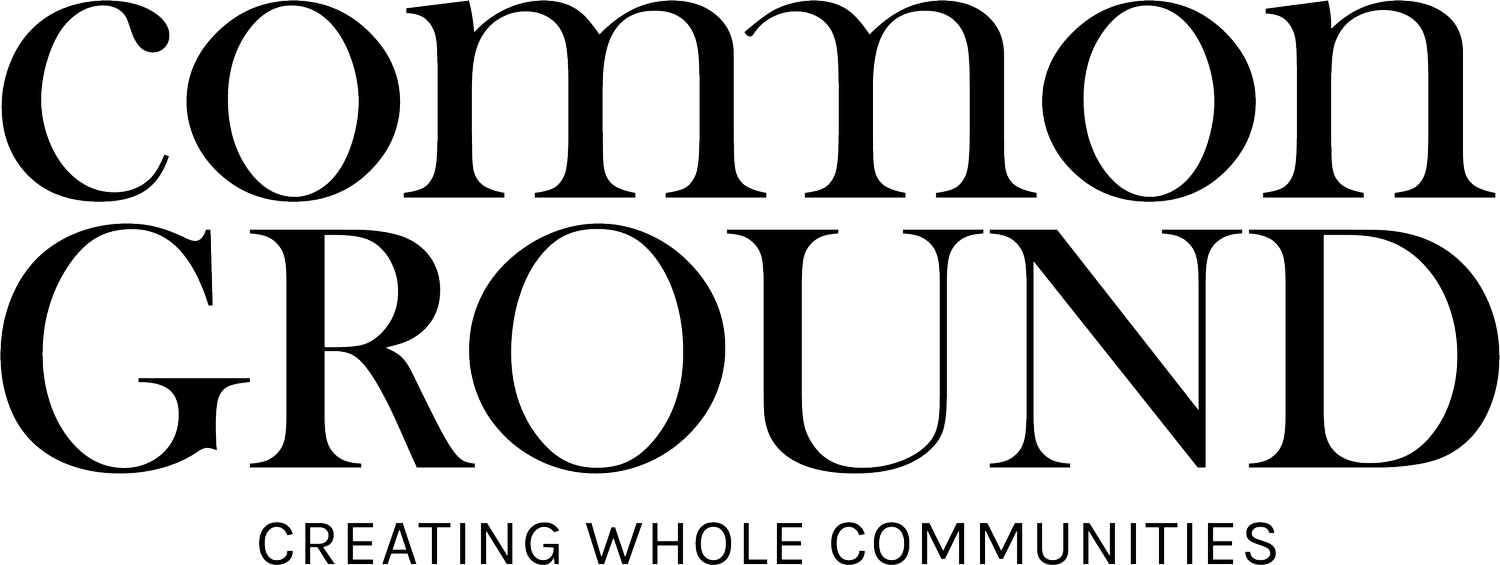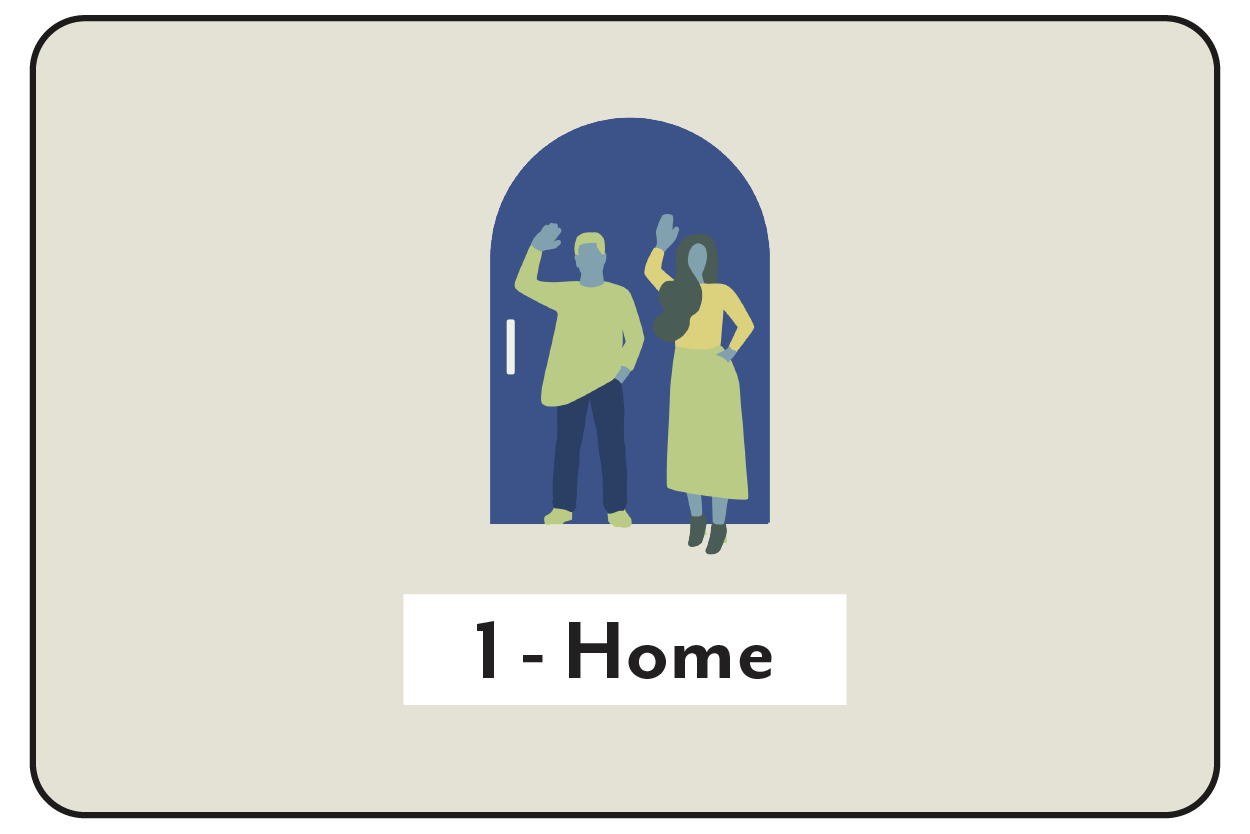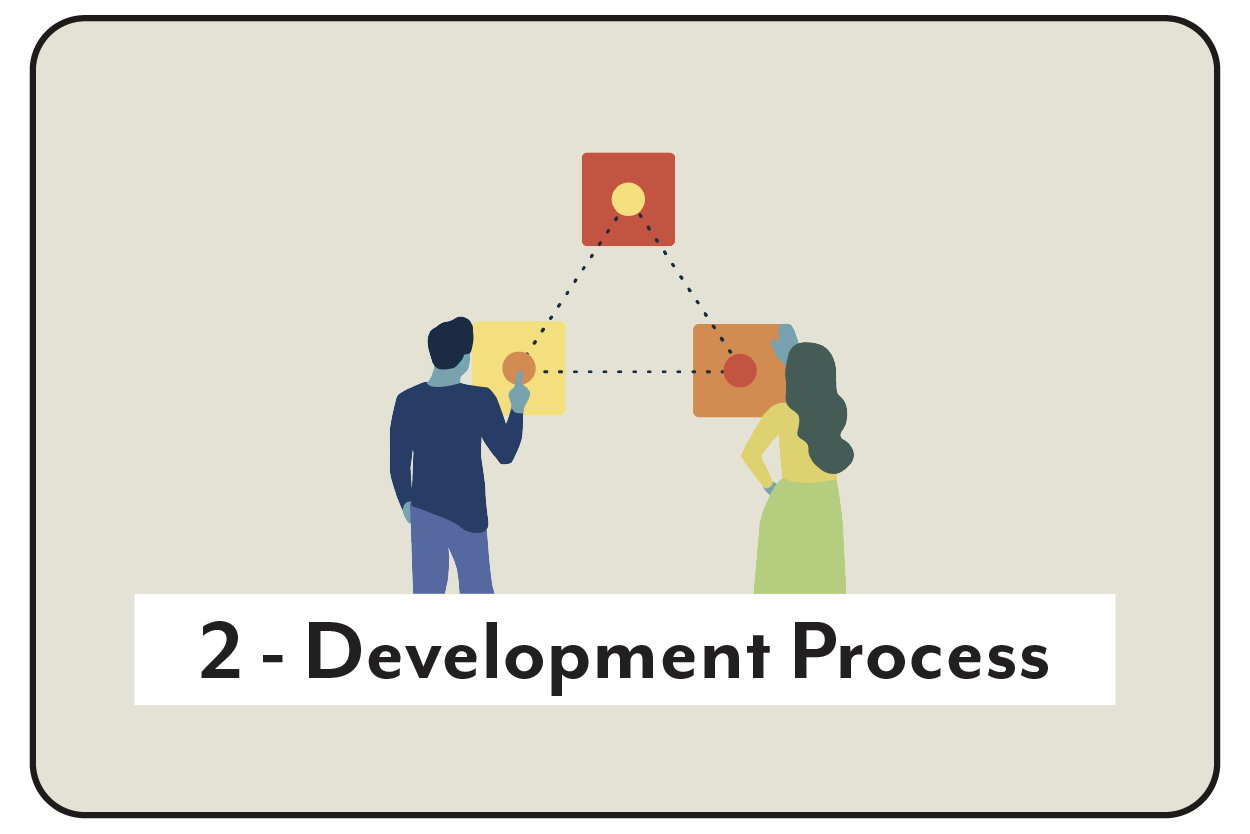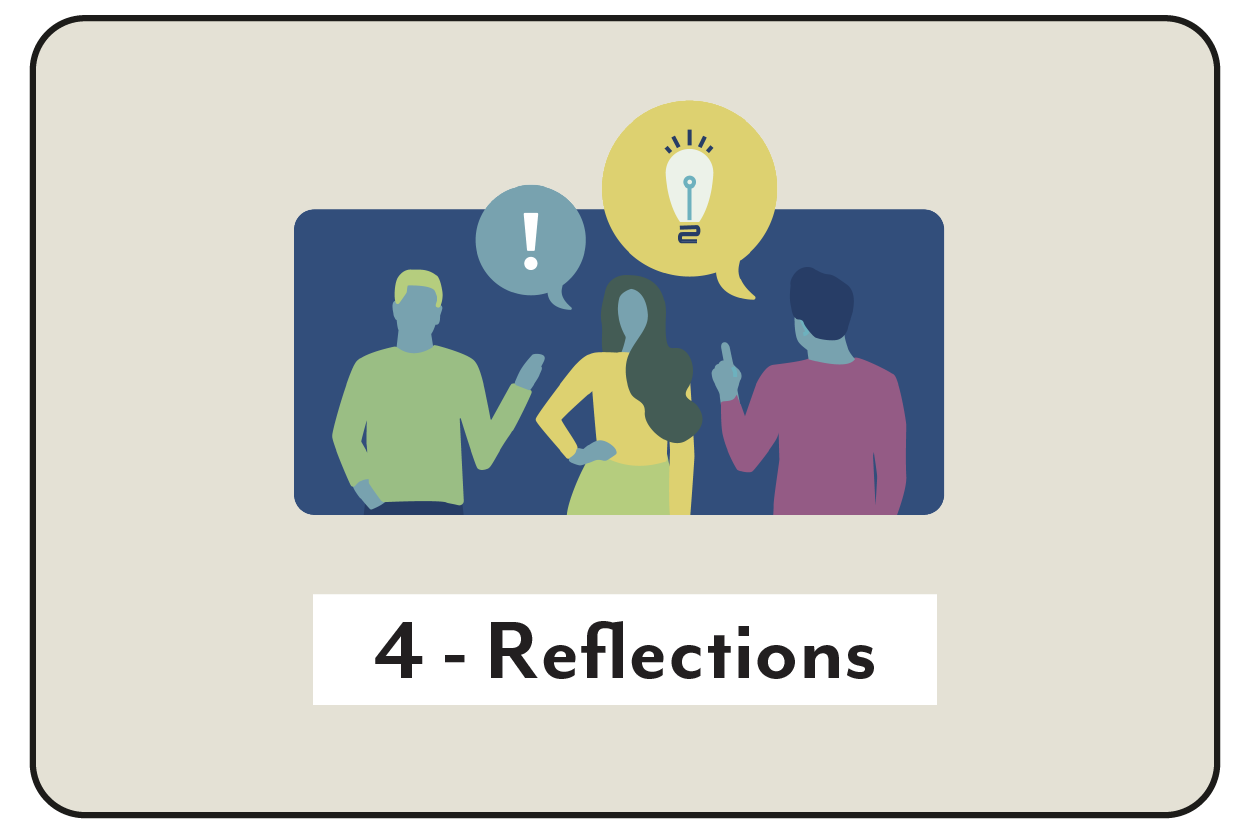Case Study: Pivotal Learning
PIVOTAL LEARNING
A SME that focuses on equipping educators and practitioners with the skill sets to be more effective and engaging in delivering their content.

How might we help the team build better personal-professional boundaries so as they don’t overextend themselves professionally?
“What we want is to maintain a close-knit, family-like culture as we scale the business and grow the team.”
DESIRED OUTCOMES: Understand what we have been doing that is working well, and clear comprehensive documentation of what we are doing that works well in order for newcomers to be assimilated to our culture effectively.
Research Process & Findings
To understand the culture of their organisation, the team conducted interviews to help them see the difference between culture and practices. Comparisons were made between:
The culture and practices at their organisation vs. elsewhere
The culture and practices experienced by full-timers vs. part-timers
The culture and practices experienced by long time staff vs. new joiners vs. ex-staff
In addition, they interviewed the owner of an organisation which had a similar culture to theirs to learn about their practices.
The team’s main key findings are:
The personal and professional boundaries amongst the team members are porous, team members tend to overextend themselves to support other team members
Majority of the team members come under a similar age bracket and have similar personalities, in relation to the type of work the organisation engages in
The source of support which the team members experience are cemented in the interpersonal relationships which exist with each other instead of stemming from the organisation
Key Learnings
To bring both Whole and Parts: The team reflected that it is important to bring one’s whole self to a meeting/at work - it is possible to be both personal and professional. This led the team to an insight that it is possible to redefine what professionalism looks like in the workplace.
Understanding what’s working and what’s not working: As a team, they recognise that their mental health is already well taken care of based on their current processes. Post project interviews, they realised the team’s tendency to want to be involved in each other’s scope of work, Using the RACI model has supported them to focus on the colleague who is the one accountable for the project first.
Realistic prototyping: As an organisation made up of a lean full-time team, and a much larger part-time team of facilitators, the team recognised the importance to be realistic with the prototype and hence, choosing to focus on full-time staff first. They think that it is important that they go through this project process to forecast how they can take care of each other when they change the way they will do the work in the future as they prepare to expand. This will work as a baseline for the future even as new challenges emerge.
Prototype
The team looked into implementing the RACI model for project management. RACI stands for Responsible, Accountable, Consulted and Informed.
It is a project management model whereby a single person is accountable for the project, one or more team members responsible for executing, one or more team members consulted (subject matter experts) and others informed of the project.
This prototype has been implemented, is currently part of the organisation’s process, and had helped to set healthier and clearer boundaries for work processes.
DP Architects
An architectural practice based in Singapore with design offices worldwide.
GovTech Singapore
A statutory board of the Singapore government with about 3,400 GovTechies.
Impart
A non-profit organisation in Singapore that pioneers volunteer-driven community solutions to enable transformative youth development.
Pivotal Learning
A SME that focuses on equipping educators and practitioners with the skill sets to be more effective and engaging in delivering their content.
Our Journey
Click the boxes to explore different parts of the project!
















